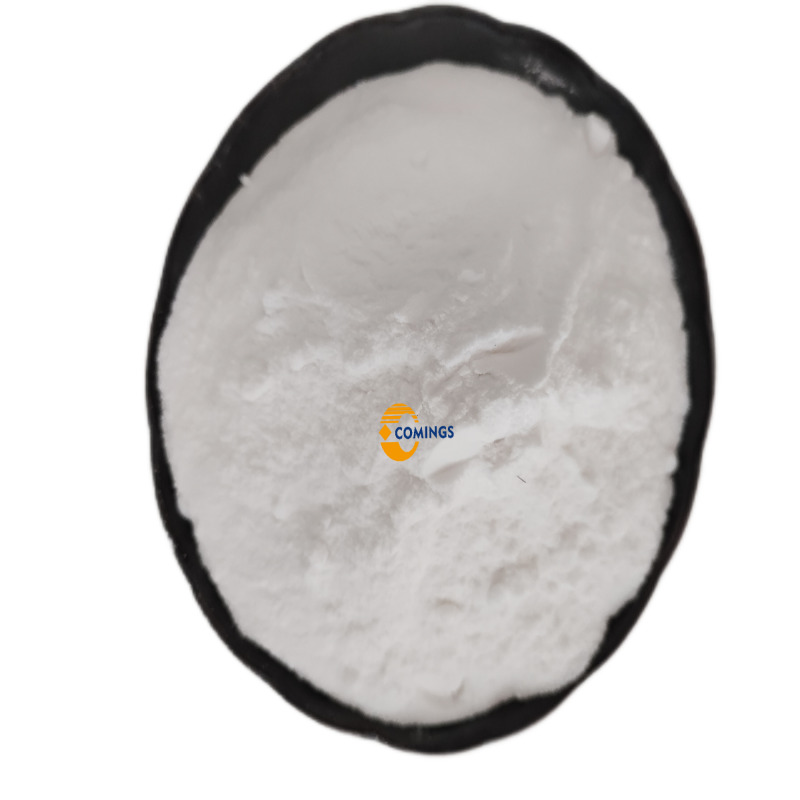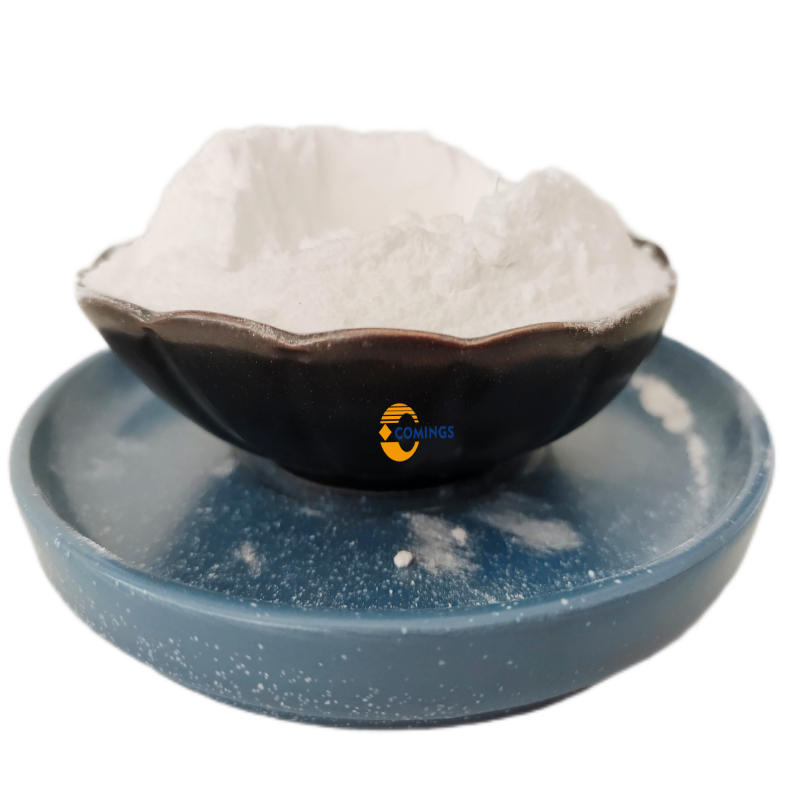-
Categories
-
Pharmaceutical Intermediates
-
Active Pharmaceutical Ingredients
-
Food Additives
- Industrial Coatings
- Agrochemicals
- Dyes and Pigments
- Surfactant
- Flavors and Fragrances
- Chemical Reagents
- Catalyst and Auxiliary
- Natural Products
- Inorganic Chemistry
-
Organic Chemistry
-
Biochemical Engineering
- Analytical Chemistry
-
Cosmetic Ingredient
- Water Treatment Chemical
-
Pharmaceutical Intermediates
Promotion
ECHEMI Mall
Wholesale
Weekly Price
Exhibition
News
-
Trade Service
Written | Edited by Min Jun | Enzyme Beauty In nature, bacteria exist in two growth states: planktonic and biofilm (biofilm)
.
There are obvious differences in the gene expression and metabolic regulation mode of bacteria in the two states .
The gene expression profile of the microbial population is highly heterogeneous, so there are phenotypic differences between the same species of bacteria, and it is this phenotypic diversity that enables the population to survive and multiply in an unknown and constantly changing environment
.
On the other hand, the strong heterogeneity of microorganisms in the micro-scale environment provides an important perspective for our understanding of the antibiotic resistance and virulence of microorganisms
.
However, limited to the research methods of obtaining microbial heterogeneity on the corresponding time and space scale, the living state of microorganisms in the microenvironment, the regulation mechanism on the time and space microscale, and the functions in many physiological processes are still largely still Is unknown
.
Recently, Dianne K.
Newman and Professor Cai Long from the California Institute of Technology jointly published a research paper entitled Spatial transcriptomics of planktonic and sessile bacterial populations at single-cell resolution in Science.
The research team developed a Qualcomm Parallel sequential fluorescence in situ hybridization par-seqFISH (parallel sequential fluorescence in situ hybridization) technology, the use of this technology can obtain a single bacterial gene expression profile while retaining the spatial environment information, and can analyze different bacterial subgroups The mechanism of metabolic changes
.
The author used this technology to study the biofilm formation process of Pseudomonas aeruginosa, revealing the complex dynamics of microbial populations in the microenvironmental space
.
Cai Long’s team developed the seqFISH technology in previous research, which can directly identify and observe thousands of molecules including DNA, mRNA and protein at the single-cell level while preserving its spatial background [1, 2]
.
The author first used seqFISH technology to monitor the growth indicators of Pseudomonas aeruginosa in different growth stages and the expression of 105 genes in a planktonic state.
It was found that simultaneous monitoring requires two days of imaging time, while sequential monitoring of different samples requires cost About 3 weeks
.
Therefore, the author improved the seqFISH technology and designed a first-level probe Ribo-Tags that targets 16s rRNA.
This probe and gene probe are used to perform parallel hybridization on the mixed samples to realize the Efficient and accurate analysis of the gene expression status of various bacteria in different states (Figure 1)
.
Not only that, the author can use the imaging system to capture various growth indicators of different colonies, such as nucleolar length, chromosome copy, and ribosome level
.
The author named the technique par-seqFISH
.
The technical principle of Par-seqFISH is to adapt to environmental changes.
Bacteria can produce a high degree of phenotypic diversity and differentiate into different subgroups to perform different functions
.
Combining uniform manifold approximation and projection (UMAP) dimensionality reduction and unsupervised cluster analysis methods, Par-seqFISH can detect the differentiation level of different subgroups of the same flora, such as gene expression profile, replication ability, foreign product biosynthesis and The degree of difference in the production of virulence factors, etc.
, and can directly associate specific parameters of the whole cell (such as ribosome level or cell shape) with specific gene expression characteristics
.
Approximately 65% of human bacterial diseases are related to biofilms, which can enhance the defense of bacteria against the host and the resistance of antibiotics [3]
.
The author proves that Par-seqFISH can directly capture the cell state and their physical location in the intact biofilm, and can detect the physical location of mRNA molecules at sub-micron resolution, so it can be understood from the perspective of quantification and high spatial resolution.
The formation mechanism of biofilms
.
In addition to helping to clarify the transcriptional activities of biofilm development, Par-seqFISH can also detect the metabolic adaptive response of biofilm cells to subtle changes in the local microenvironment
.
The authors use this technology to find that oxygen content can shape the formation of micro-scale metabolic heterogeneity in biofilms.
On the other hand, there is a strong spatial correlation between denitrification genes and oxidative stress factors, indicating that local denitrification can cause NO toxicity
.
In conclusion, this research has developed a new high-throughput spatial transcription imaging method—parallel continuous fluorescence in situ hybridization par-seqFISH, which can explore microbial gene expression and micro-scale environment at single-cell resolution.
Spatial information
.
The author applies this method to the pathogenic Pseudomonas aeruginosa, and proves that par-seqFISH can analyze the dynamic changes of the metabolism and toxicity-related gene transcription levels of the flora in the plankton growth state, and the sessile growth process (biofilm) in Metabolic heterogeneity at the spatial level
.
In addition, the authors found that bacteria at the micro-scale (micron level) can differentiate to produce different phenotypes and coexist in the same biofilm, indicating that the microenvironment is essential for the production of bacterial heterogeneity
.
The results of this study also indicate that microbial populations exist in a complex dynamic form, and par-seqFISH, a new high-resolution, high-throughput spatial transcriptome technology, can help reveal the unknown mechanism of microbial dynamic changes and growth regulation, and is Antimicrobial drug development and antibiotic resistance research provide new perspectives
.
Original link: https://doi.
org/10.
1126/science.
abi4882 Platemaker: 11 References 1.
Shah S, Lubeck E, Zhou W, et al.
seqFISH accurately detects transcripts in single cells and reveals robust spatial organization in the hippocampus.
Neuron, 2017, 94(4): 752-758.
e1.
2.
Shah S, Takei Y, Zhou W, et al.
Dynamics and spatial genomics of the nascent transcriptome by intron seqFISH.
Cell, 2018, 174( 2): 363-376.
e16.
3.
Simões M, Simões LC, Vieira M J.
A review of current and emergent biofilm control strategies.
LWT-Food Science and Technology, 2010, 43(4): 573-583.
Reprinted Note [Original Articles] BioArt original articles are welcome to be shared by individuals.
Reprinting is prohibited without permission.
The copyrights of all published works are owned by BioArt
.
BioArt reserves all statutory rights and offenders must be investigated
.






